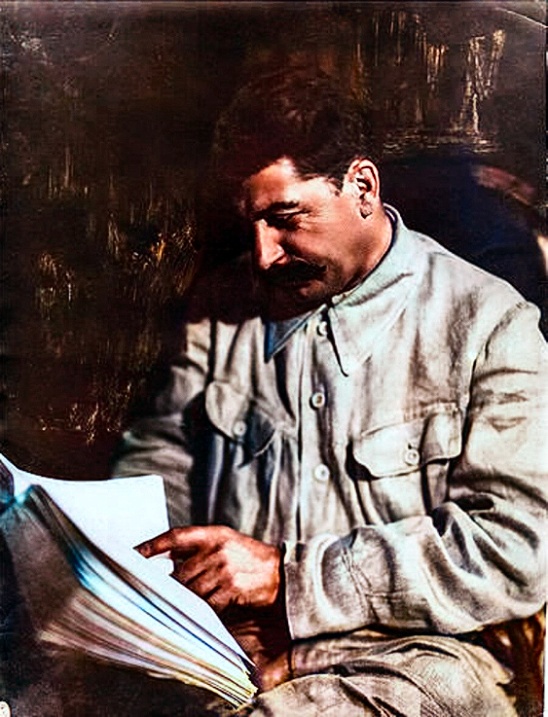

What’s the new one for?


What’s the new one for?
I think the confusion is that there are two well-known subgroups of cannabis sativa, indica and sativa (ruderalis is more obscure). So the species and subgroup have the same name, to the consternation of indica lovers.
It may also be referential to the greater indica/sativa internet drama, there are fierce disputes about the differences or lack thereof. The confusion is amplified due to the lack of quality control in cannabis genetics and sales, and most strains are hybrids between the two (or three)


Yeah you don’t want the battery to sit at 100% or 0%. I just bulged out my 10 yr old work macbook battery by leaving it plugged in, not the first one i’ve seen either. There are utils that can set charge limits in linux https://askubuntu.com/questions/34452/how-can-i-limit-battery-charging-to-80-capacity
TBH you MBP battery is probably nearing EOL but it may actually be replaceable.


I know when they take pictures like that it’s old as fucc


“I’m not a Nazi” - Some Nazi, usually


Here’s some low-hanging fruit I can’t believe hasn’t been mentioned yet: /r/unpopularopinion which is just a soapbox for reactionary hot takes. Speaking of, /r/PoliticalCompassMemes being full of open Nazis


Then there was the time the admins took down /r/FatPeopleHate, one of those subs with candid pictures of people, and the fedoras collectively fucked up the whole website with their rage, for days and days. Honestly, I’ve never even seen such a level of collective activism, of course it would be for the worst thing possible.


ResearchAndMarkets.com’s November report on “Border Security Technologies”says that the market will exceed $70 billion globally in 2027, rising from $48 billion in 2022.
There’s a lot of money for another self-licking ice cream cone.


FLACs from CDs, deemix-gui, qobuz-dl, and Soulseek. 102,000 songs. Play at home with Logitech Media Server. On the road I’ve transcoded it all to 128kbps Opus so i can fit it on a microsd card and I play it with PowerAmp. I mostly use Blessing2 Dusk earbuds with a Shanling MW200 bluetooth neckband, but sometimes also I use Focal Clear OG open-back over-ear cans with a qdelix 5k for bluetooth.


“I put on my robe and wizard hat”


He’ll say “put it there man, up high” and hold up his hand awkwardly towards all of the Republicans in general, waiting expectantly. Some nonagenarian congressman will leap to attention and shout “SIEG…” before being hurriedly shushed by his relatively lucid colleagues.


Time to go private and cash in on her connections.


deleted by creator


deleted by creator


Can’t you just turn the “kill switch” option on in Proton and then everything goes through it?


Australian geologists have used plate tectonic modelling to determine what most likely caused an extreme ice-age climate in Earth’s history, more than 700 million years ago.
The study, published in Geology, helps our understanding of the functioning of the Earth’s built-in thermostat that prevents the Earth from getting stuck in overheating mode. It also shows how sensitive global climate is to atmospheric carbon concentration.
“Imagine the Earth almost completely frozen over,” said the study’s lead author, ARC Future Fellow Dr Adriana Dutkiewicz. “That’s just what happened about 700 million years ago; the planet was blanketed in ice from poles to equator and temperatures plunged. However, just what caused this has been an open question.
“We now think we have cracked the mystery: historically low volcanic carbon dioxide emissions, aided by weathering of a large pile of volcanic rocks in what is now Canada; a process that absorbs atmospheric carbon dioxide.”
The project was inspired by the glacial debris left by the ancient glaciation from this period that can be spectacularly observed in the Flinders Ranges in South Australia.
A recent geological field trip to the Ranges, led by co-author Professor Alan Collins from the University of Adelaide, prompted the team to use the University of Sydney EarthByte computer models to investigate the cause and the exceptionally long duration of this ice age.
The extended ice age, also called the Sturtian glaciation after the 19th century European colonial explorer of central Australia, Charles Sturt, stretched from 717 to 660 million years ago, a period well before the dinosaurs and complex plant life on land existed. Plate tectonics during Sturtian ice age
Credit: Ben Mather and Dietmar Müller
Dr Dutkiewicz said: “Various causes have been proposed for the trigger and the end of this extreme ice age, but the most mysterious aspect is why it lasted for 57 million years – a time span hard for us humans to imagine.”
The team went back to a plate tectonic model that shows the evolution of continents and ocean basins at a time after the breakup of the ancient supercontinent Rodina. They connected it to a computer model that calculates CO2 degassing of underwater volcanoes along mid-ocean ridges – the sites where plates diverge and new ocean crust is born.
They soon realised that the start of the Sturtian ice age precisely correlates with an all-time low in volcanic CO2 emissions. In addition, the CO2 outflux remained relatively low for the entire duration of the ice age.
Dr Dutkiewicz said: “At this time, there were no multicellular animals or land plants on Earth. The greenhouse gas concentration of the atmosphere was almost entirely dictated by CO2 outgassing from volcanoes and by silicate rock weathering processes, which consume CO2.” Professor Dietmar Müller points to carbonates overlying glacial deposits in the Flinders Ranges.
Professor Dietmar Müller points to carbonates overlying glacial deposits in the Flinders Ranges. Photo: Dr Adriana Dutkiewicz
Co-author Professor Dietmar Müller from the University of Sydney said: "Geology ruled climate at this time. We think the Sturtian ice age kicked in due to a double whammy: a plate tectonic reorganisation brought volcanic degassing to a minimum, while simultaneously a continental volcanic province in Canada started eroding away, consuming atmospheric CO2.
“The result was that atmospheric CO2 fell to a level where glaciation kicks in – which we estimate to be below 200 parts per million, less than half today’s level.”
The team’s work raises intriguing questions about Earth’s long-term future. A recent theory proposed that over the next 250 million years, Earth would evolve towards Pangea Ultima, a supercontinent so hot that mammals might become extinct.
However, the Earth is also currently on a trajectory of lower volcanic CO2 emissions, as continental collisions increase and the plates slow down. So, perhaps Pangea Ultima will turn into a snowball again.
Dr Dutkiewicz said: “Whatever the future holds, it is important to note that geological climate change, of the type studied here, happens extremely slowly. According to NASA, human-induced climate change is happening at a pace 10 times faster than we have seen before.” Research
‘Duration of Sturtian “Snowball Earth” glaciation linked to exceptionally low mid-ocean ridge outgassing’, Dutkiewicz, A. et al (Geology, 2024). DOI: 10.1130/G51669.1 EarthByte Group
This work was enabled by the GPlates plate tectonic software, developed by the EarthByte Group at the University of Sydney, which has been the basis of a slew of discoveries over the past decade, contributing significant knowledge to how geology is a central long-term driver of climate and biodiversity. GPlates development is supported by the AuScope National Collaborative Research Infrastructure System (NCRIS) program.


It’s real dangerous, for those of us who don’t get pensions, to make decisions with your retirement portfolio based on news like this. Things we know will happen don’t always happen when we think they will.
ya’ll is a misspelling of y’all